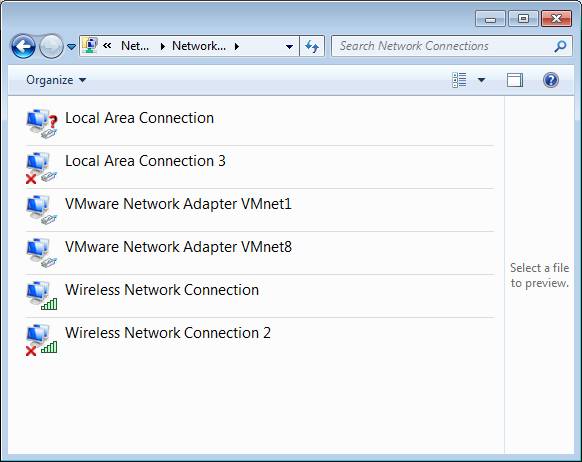

Canada, for example, defines broadband as a connection with a 50 Mbps download speed and a 10 Mbps upload speed, and many other countries use different terms for their speed benchmarks. 3Īlthough broadband is often used in a more precise, technical manner than “fast” or “high-speed” internet, there is no universal definition of what broadband is. This is also why many of the FCC’s initiatives are geared toward bridging this gap. The difference in the availability and quality of broadband connections between urban and rural areas is one of the major factors behind the digital divide-the gap between those who reap the social and economic benefits of the internet and those who do not. Satellite internet is more expensive than plans of similar speeds on other connection types, and satellite’s high latency and low data caps make many online activities impossible. While satellite internet is an important resource for people living in rural areas, it also has several disadvantages. 2įortunately, almost everyone in the US can get broadband speeds via a satellite connection, even in areas lacking broadband infrastructure.

Nearly 15% of people in rural areas and nearly 18% of people on tribal lands have no access to broadband infrastructure, compared to just over 1% of people in urban areas who lack access. Additionally, gaps in broadband coverage disproportionately impact people in rural areas and tribal lands. Once this seat is filled, however, this change could come quickly.īroadband infrastructure of some kind reaches over 96% of the US population, though some of these areas have very few internet provider options. The FCC is currently deadlocked on this and many other issues, as the US Senate has refused to fill the empty seat on the Commission for over a year. 6 This would impact regulations and government funding, promoting the deployment of faster connections in underserved areas. Jessica Rosenworcel, the current chairwoman of the FCC has proposed increasing the minimum speeds for a connection to be considered broadband to 100 Mbps downloads and 20 Mbps uploads. The 25 Mbps standard for broadband has been in place since 2015, but a lot has changed over the last decade. The threshold for broadband could be increasing For example, some DSL and satellite plans don’t meet the 25 Mbps download speed necessary to be considered broadband by the FCC. But other types of connection can fall short of this benchmark too. The only type of internet connection that can’t reach broadband speeds is dial-up.

This includes DSL, cable, fiber, fixed-wireless, 4G, 5G, and satellite connections. What counts as broadband?Īny type of connection that can meet the FCC guidelines of 25 Mbps download speed and 3 Mbps upload speed can be classified as broadband. It’s an investment that can both bring in more money and save money in the long run. Broadband infrastructure brings economic growth to communities, as well as an increased ability to offer essential services to community members more efficiently and conveniently. Broadband gives people access to jobs, education, health care, entertainment, and civic engagement.
Access atc broadband internet settings password#
Go to Wireless > Security Options > Select WPA2-PSK > Now enter your preferred password in Passphrase.Īpply chances and reboot your Wi-Fi for changes to effect.Broadband access is important both for individuals and communities. įor authentication enter default username and password. Open your router setup page using its default IP address – 192.168.1.1 / 192.168.0.1 /. Go to Wireless > Wireless Security > Security Mode set to WPA2 only > Pre-Shared Key: enter your preferred password.Īpply the change > restart your Wi-Fi and the new password will be applied. Input your username and password (or here’s list of default username and password). Login to your router settings page via its default IP Address – 192.168.1.1 / 192.168.0.1. Navigate to Wireless > Wireless Security > WPA/WPA2 – Personal (Recommended) > Password.Įnter your preferred password and Save the change. Login to Router admin panel using its default IP Address – 192.168.0.1 / 192.168.1.1.Įnter the default username and password (admin/admin in most cases). It is recommended that you change your password frequently to secure your Wi-Fi connection. Below is a step by step process of changing your router password for your ACT Fibernet broadband connection.


 0 kommentar(er)
0 kommentar(er)
